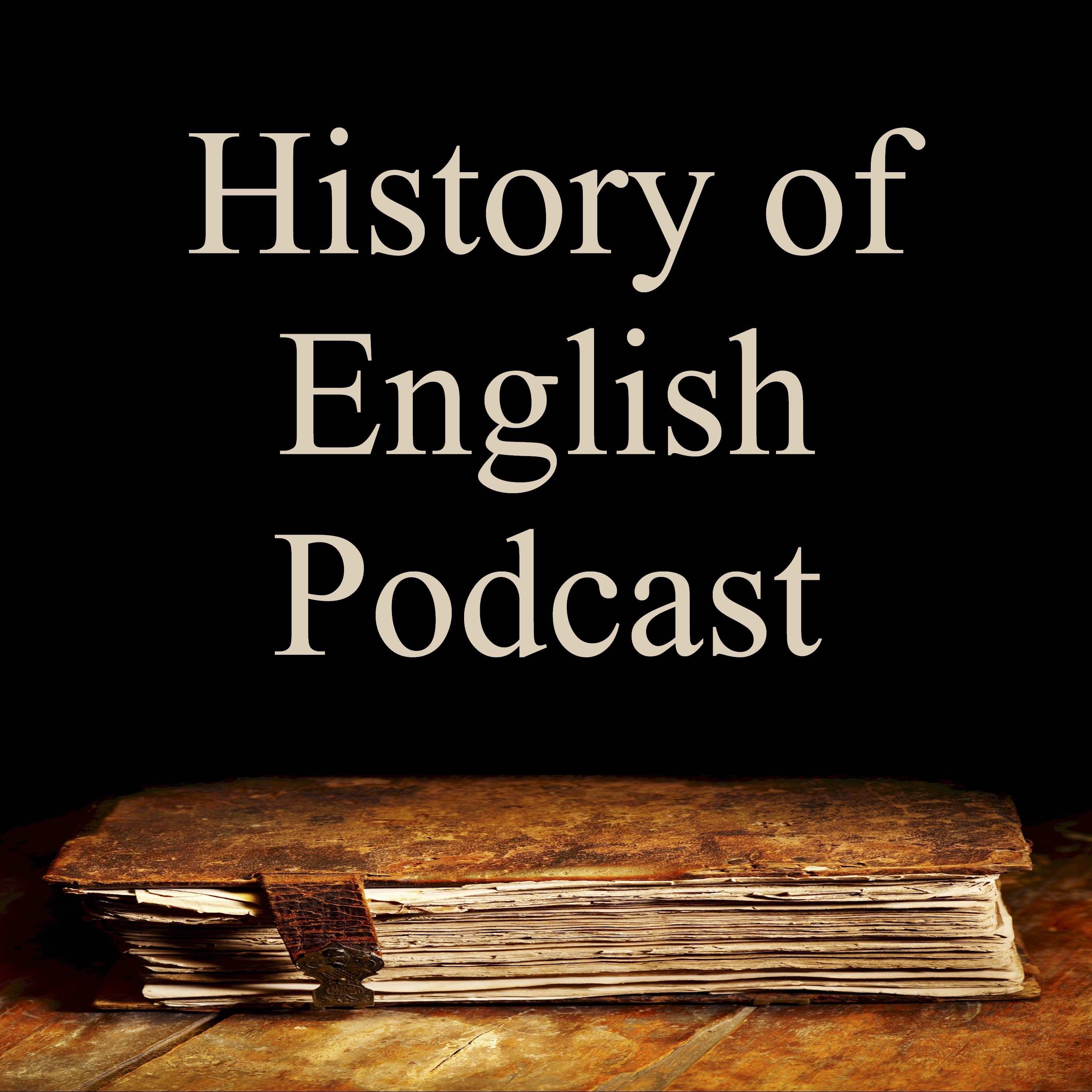Episode 152: As the Saying Goes
John Heywood was a playwright and poet who made two important contributions to the history of English. He was a key figure in the emergence of modern English drama which led directly to William Shakespeare at the end of the century. He was also a proverb collector who assembled most of the common proverbs in English into a popular poem that serves as an important resource for modern historians of the language. In this episode, we examine English proverbs, the emergence of modern English drama, and words associated with comedy and humor in Tudor England.
TRANSCRIPT: EPISODE 152
TRANSCRIPT: EPISODE 152
Press play and read along
Transcript
Transcript is processing—check back soon.
The History of English Podcast — Episode 152: As the Saying Goes
